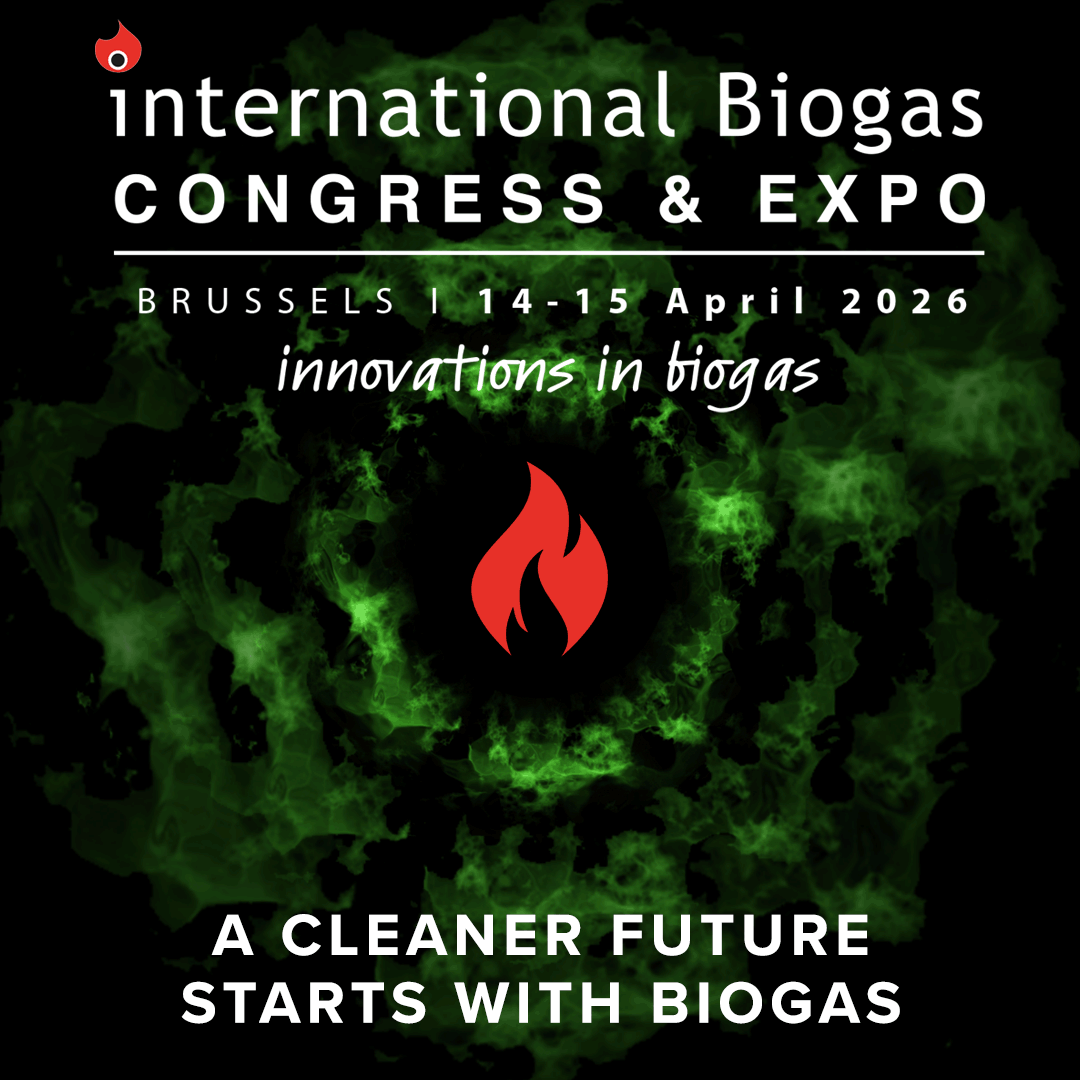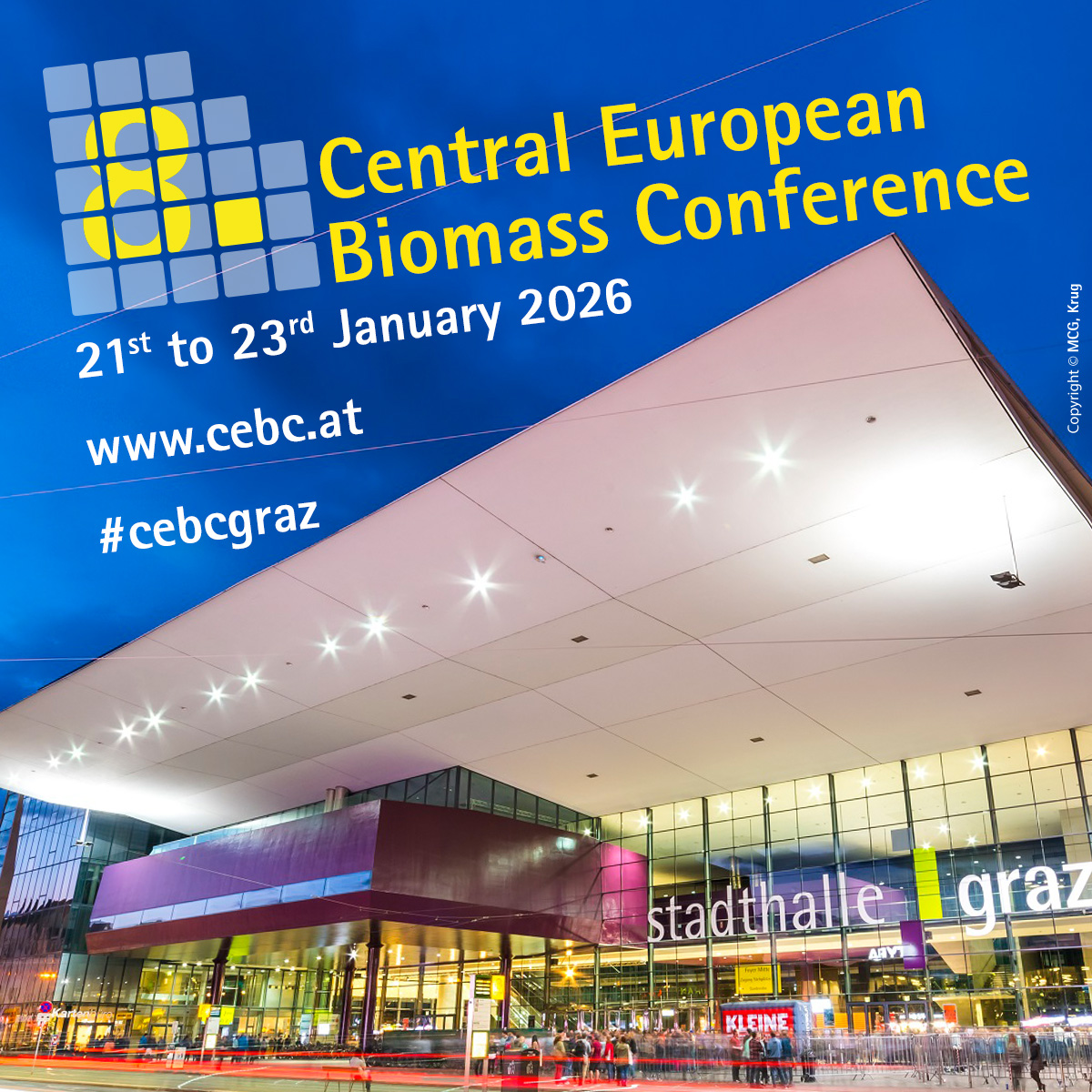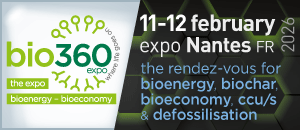New CO2 and water splitting processes produce syngas feedstock
North Carolina State University researchers have significantly boosted the efficiency of splitting water to create hydrogen gas, and splitting carbon dioxide to create carbon monoxide. The products of these two new process are valuable feedstocks which can be used for clean energy and chemical manufacturing applications, including the creation of syngas (synthesis gas).
The CO2 splitting process coverts more than 98% of the CO2 into CO, the water splitting process successfully converts 90% of water into hydrogen gas.
"These advances are made possible by materials that we specifically designed to have the desired thermodynamic properties for each process," says Fanxing Li, an associate professor of chemical and biomolecular engineering at NC State who is corresponding author of two papers on the work. "These properties had not been reported before unless you used rare earth materials."
The researchers developed a nanocomposite of strontium ferrite dispersed in a chemically inert matrix of calcium oxide or manganese oxide for the CO2 splitting process. As CO2 is run over a packed bed of particles composed of the nanocomposite, the nanocomposite material splits the CO2 and captures one of the oxygen atoms.
"Previous CO2 conversion techniques have not been very efficient, converting well below 90 percent of the CO2 into CO," Li says. "We reached conversion rates as high as 99 percent.
"And CO is valuable because it can be used to make a variety of chemical products, including everything from polymers to acetic acid," Li says.
For the water-splitting process, researchers created iron-doped barium manganese oxide particles. Apart from the difference in materials, the researchers claim the water splitting process is actually very similar to the CO2 splitting process, with water in the form of steam run over a bed of particles, and the iron doped barium manganese splitting the water molecules and capturing the oxygen.
The oxygen captured during both the CO2 and water splitting process can be converted into syngas using solar energy.
"We think both of these materials and processes represent significant steps forward," Li says. "They use relatively inexpensive materials to efficiently extract valuable feedstock from resources that are either readily available (in the case of water) or are actually greenhouse gases (in the cases of CO2 and methane).
"We are now working on developing materials that are even more efficient," Li says. "And we're open to working with outside groups who are interested in scaling these processes up for manufacturing."















